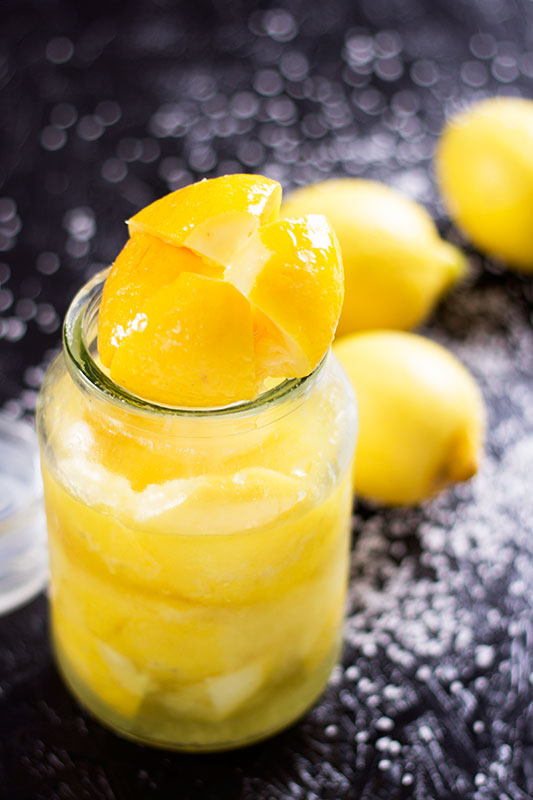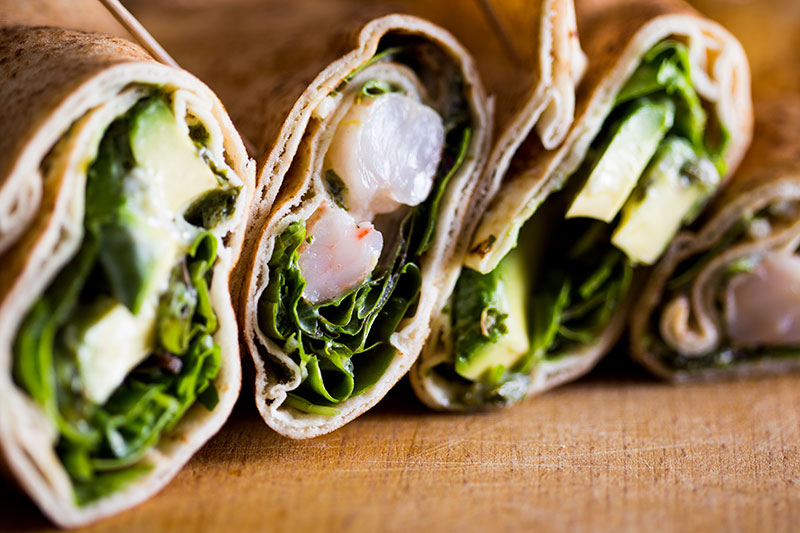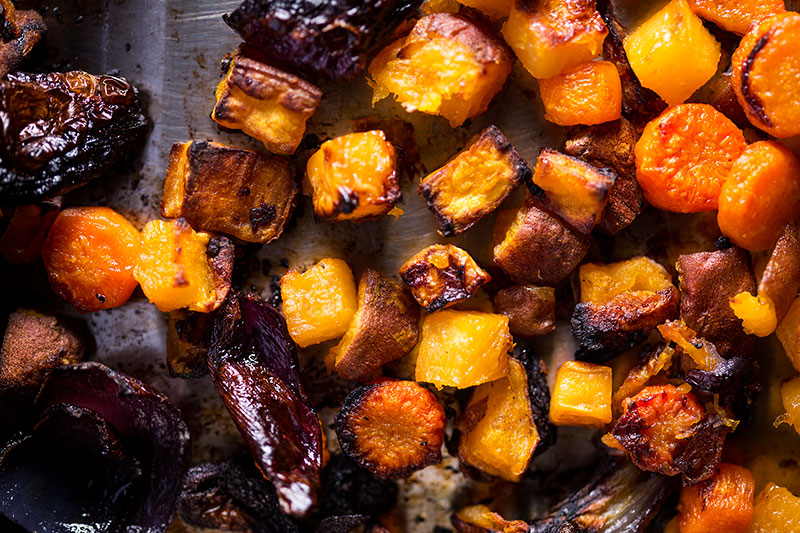‘Unfortunately, your post titled
“The most awesome food photo I’ve ever taken”
was not accepted.’
Sound familiar? Those words must echo emptily in the inbox of food bloggers all over the world, sliding into your e-mail surreptitiously amongst all the other highly important mail like discount codes and contact form spam advertising SEO services. I’m particularly lucky that Foodgawker e-mails normally arrive around the time I get up here in the UK, which is a lovely wake up call for me. Getting your images rejected from Foodgawker is part of the growing process of building a blog, and learning how to get your images accepted on Foodgawker is another part of your development.
The three pillars of Foodgawker
Over the last 10 months I’ve submitted about thirty images to Foodgawker, running at almost exactly a 50:50 accept/decline ratio. Over that time, my photography skills have developed and improved and I’ve started to see something peculiar happen. Having just produced a series of atmospheric photographs that I’m very proud of, I’ve also just had a big run of images declined by Foodgawker, which runs contrary to my feelings about those photos. These rejections were a slight surprise and originally I was annoyed by them, but I’ve also discovered a few things that are worth remembering when it comes to Foodgawker.
1. Getting your images accepted on Foodgawker is not enormously important.
2. Getting declined by Foodgawker is not a big deal either and it actually teaches you a lot.
3. Being accepted on Foodgawker should not be confused what is or isn’t ‘good’ photography.
The first point is important to remember, because Foodgawker is just one little piece of the blogging world and not a definitive guide. Having an image acccepted is nice, but equally, so is going for a walk with your dog and I know which one will make you live longer. Make sure you realise this.
Conversely, getting rejected is also no big deal because it happens to everyone (although if there is someone out there who has never had an image declined, I’d love to hear from you), but you also get a small slither of feedback which helps you understand their visual stipulations. It’s not worth obsessing over, because you’ll make more recipes and take more photos which you can submit, so just move on to your next big thing with this in mind and forget about it, moving forwards, rather than going back and obsessing over it, spending hours trying to adapt your work to suit their needs.
The third point is very important to remember. Foodgawker does have a high set of technical standards for the photography they’ll accept, they also have a specific style they want, a look which images must fit within before they will accept them. So you need to learn their style if you want to get your images accepted. And it also means that getting an image declined does not mean it’s a bad image, it just means it doesn’t precisely fit the Foodgawker style.
“THE only man who makes no mistakes is the man who never does anything”President RooseveltI always like to fall back on wise words that history has left us with in the past and there are many famous saying based around the idea that we learn more in our mistakes or errors than we do from our successes. If we accept our failures, learn from them and continue on our path, it forces us to re-think and evaluate our methods and find what does work in the future.
Learn from your mistakes
Now that I have a decent batch of failure under my belt I’ve put together my top ten tips for increasing your chances of being accepted on Foodgawker. I’m going to illustrate all of these with rejected images, because you can see thousands of images that have been accepted over at Foodgawker, but it’s the rejected images which show you what to avoid.
One small thing…
This is a guide to Foodgawker submissions, rather than a guide to photography. Foodgawker undoubtedly have high standards and your photos need to be pretty good in the first place to get accepted. If you’re struggling with getting your head around photography or you’ve just unpacked your first digital SLR and are looking for directions, you might be better served by some general photographic tutorials and luckily there are tons available online. I’m a big fan of the Adorama series on YouTube, they’ve got stacks of videos aimed at all levels with really good presenters.
…AND NOW, THE LIST!
1. Keep it bright!
The images Foodgawker accept are almost without fail bright, well lit images. You will see a lot of images that have very little shadow and any shadow that features will be very soft and controlled. Sadly there’s little room within their criteria to allow for stylised, moody, wintery shots or crisp, sharp shadows. This means you need good, strong light sources, lots of reflectors and bounce cards, or during the winter, artificial light. Shooting with natural light gives a wonderful look when you’ve got it, but I think that the control afforded by off camera flash or external continuous lighting, plus reflectors and bounce cards allows you to adjust your light to specifically fit what’s needed, which is plenty of light coming from more than one side of your subject.
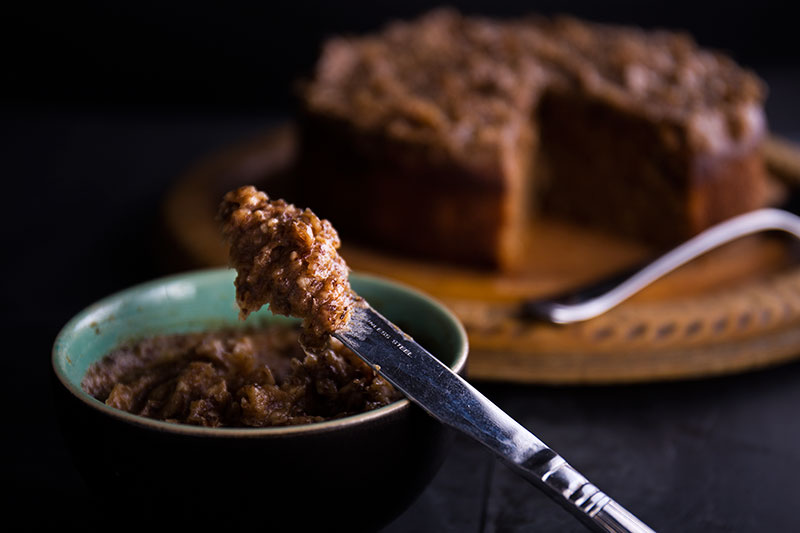
REJECTED: Low lighting and/or underexposed. I like it, it’s got a moody, wintery feel (it is December, after all) and it’s not actually underexposed, it just has a lot of shadow.
SOLUTION: Although this shot was taken with artificial light, it was used very sparingly, with just a single source on the right hand side of the shot and a single reflector on the left to give a gentle, natural look. It needs a lot more light on the main subject, from the left hand side of the shot for Foodgawker to accept it. If you want to start working with artificial light, then I would recommend trying one of the following; budget continuous lighting kit with softboxes (£60, Amazon.co.uk), or entry level speedlites (£135.99, Amazon.co.uk)
with softboxes (from £13 each, Amazon.co.uk)
, or entry level studio strobes kit (£169, Wex Photographic).
2. But not too bright…
Watch out. You can go too far. There’s a fine line between ‘good’ bright and ‘bad’ bright for Foodgawker, or simply being overexposed. You need to learn how to avoid overexposure as a cornerstone of your photography skills, making sure you retain detail in highlights and shadows in all areas of your image. If any areas are completely white and have no texture, where there is texture on the subject, then you’ve gone too far.

REJECTED: Harsh lighting and/or overexposed. But I’ll grant them one thing, which is that this image is slightly overexposed. When you look at the left hand side of the ramekin it’s just a white mass, where there should be the rippled texture showing.
SOLUTION: Repositioning to create shadows, or lowering the power of the light from that side to ensure the detail was retained on the ramekin would have solved this.
3. Horizons level
This should have been number 1. A fundamental tenet of photography. Always make sure your camera and shooting surface are both perfectly level in relation to each other before you start, because you’ll never get anything accepted if they aren’t. I would recommend shooting from a tripod if you’re unsure. You can get a spirit level for your camera’s hot shoe (from £1.99, eBay.co.uk) (the hot shoe is place you attach a flash on top of the camera) if you don’t have a level already built into your camera (see below), or on your tripod.

4. Watch those angles
Keep your serving dishes relatively straight in the shot, with everything either aiming nicely towards the camera, or dead straight in shot. Try to avoid dishes coming in at weird angles as that is another source of rejection by Foodgawker. This rule isn’t a definitive one, you will find a lot of images with angled dishes, but they will only allow them if executed very carefully and complementary to the composition, as opposed to just sticking it at an angle and saying ‘yeah that looks good’. If you want to experiment with this, I’d advise spending longer composing your shots and taking both straight and angled versions.

REJECTED: Composition – Awkward angle. This time, the camera was dead level, but the whole thing has a very slight angle to it.
SOLUTION: By simply stepping back and making sure it all looked dead straight on camera, it might have snuck in.
5. Overhead shots must be the same orientation as on your blog post
You know that lovely overhead shot you’ve got, but it doesn’t fit nicely into a square aspect ratio? Well don’t be tempted to rotate it to make it fit, as that’s an immediate no-no, the image you submit to Foodgawker must be exactly the same orientation as the image that features on your blog. If you ever get this message, it’s also worth noting that just because they say “please fix and resubmit”, it doesn’t mean they’re definitely going to accept it next time around!
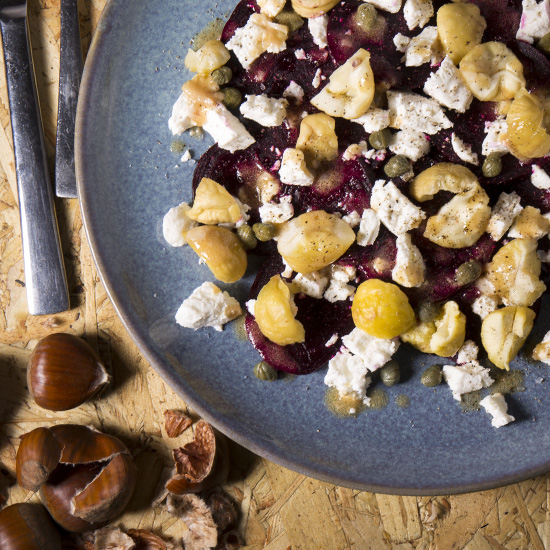
REJECTED: Image must have same orientation as seen in post. please fix and resubmit. thanks! I had rotated this overhead shot to get the chestnut shells in the bottom left hand corner as I felt that aided the composition. Sadly, the same image on my blog post is not that way aligned which they noticed, and so rejected this image.
SOLUTION: Don’t rotate images for Foodgawker!
6. Good kit and attention to detail…
The images you submit need to be clear and crisp. As much as I’d like to extol the concept that photography is all about interpretation of the subject and your eye, you do also need to be shooting with good quality equipment before they’ll accept things. Images need to be sharp and clear, which means a good quality camera and a decent lens, one which won’t create any barrel distortion, shooting as close to ISO 100 as possible. You also need to make sure your focus points are spot on, especially if using a wide aperture.
REJECTED: Dull/unsharp image The camera’s focus is a bit vague on the central lemon and it lacks texture or crispness. I don’t think it’s a dull image, that’s for sure.
SOLUTION: If I’d really locked the focus onto the main lemon and allowed the light to pick up the texture of it’s skin and given it a bit of space from the background, then this might have got in.
7. …but the devil is not in the detail
Because they’re not big fans of details shots. A close up macro shot of the delicate, flakey layers you’ve lovingly crafted into your croissant are unlikely to make the grade, as are the close ups of the gently charred roast vegetables resting in their baking tray. Move back and aim for either whole-dish shots, or at least getting 75% of the serving in shot if it’s larger item, like a pizza. If they’re small items like macaroons or spring rolls then you need 100% of them in shot, and usually several of them.
REJECTED: Composition – too tight. And I was pleased with this one, it shows the finished article, but nope, not enough of it, it would seem, given their reasoning. I suspect it might have flouted their ‘awkward angle’ rule if I’d made it past this stage.
SOLUTION: Pull back and get more of the food in shot.
8. The finished article
Work in progress shots are no good. You’ve got to submit the finished, final recipe. Regardless of how lovely your roasted veggies or mid-crisping creme brûlée might look, they won’t want it unless it’s the final product.
SOLUTION: Final, finished dishes only, please.
9. The recipe is not important to them
This is a sad fact and I’m loathed to say it, but Foodgawker is a visual interest site, otherwise known as food porn. That very name tells you that no-one is interested in the storyline or plot, only the visual presentation. But, this also means that your long, complicated recipes with huge ‘make times’ could go down famously on Foodgawker. I also find that recipes which I’ve really put my heart into, regardless of complexity, taste better and consequently encourage me to produce better photos.
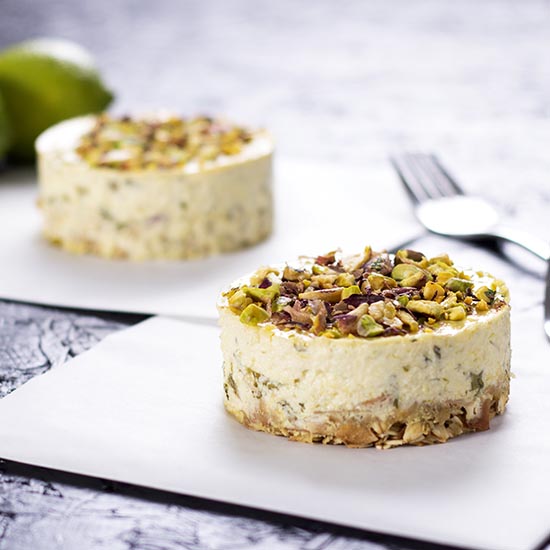
ACCEPTED! This is one of my favourite recipes, a long and involved one that requires making labneh, so if you were searching recipes by their ‘make time’ you’d skim right over this one. Foodgawker snapped it up.
10. Be persistent
Sometimes Foodgawker doesn’t accept images which you thought were 100% spot on. Sadly, that’s life, c’est la vie. Despite the best will in the world, sometimes they just don’t like things which you might love and their feedback can be a bit vague, which allows them to reject things, I’m guessing, which they just don’t like. If you have alternative shots of that dish which are ready to submit then give them a go, but if not, move on to your next piece of culinary genius and think about tweaking your approach before you take the photos.
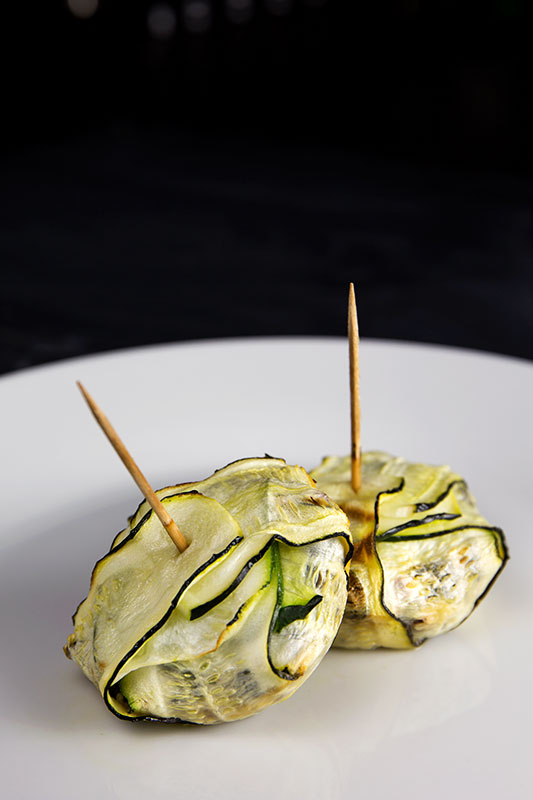
REJECTED: Composition – awkward angle I loved this photo for it’s simplicity and it got a lot of great feedback on social media when I posted it, garnering way more likes than usual. I thought it was a shoe-in for Foodgawker so submitted it with a slightly smug confidence. Sadly, they didn’t agree, they simply didn’t like the positioning of the food.
SOLUTION: Get on with life.
And a final little tip: Screen grabs
Once you’ve filled in the submission form for Foodgawker, take a quick screen grab of it, as this can be incredibly handy to copy the description and tags from at a later date if you get declined and decide to resubmit another image of the same dish.
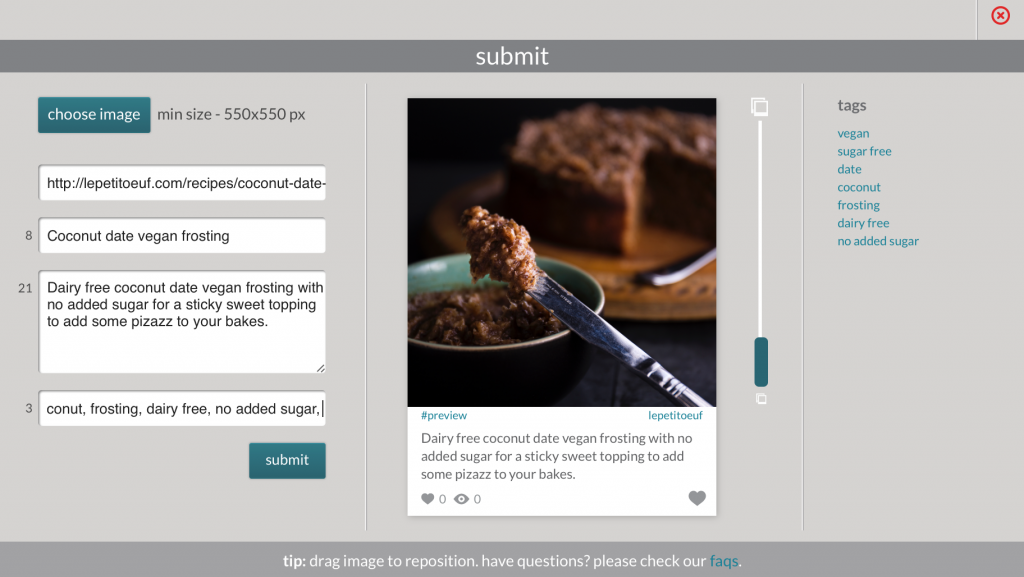
Practice makes imperfect
After all of that, you might be wondering why I’ve not got a 100% perfect acceptance rate with Foodgawker?
The answer is very simple. Firstly, I’m only human and therefore unable to get things perfect, every time. Secondly, as I mentioned earlier, Foodgawker has a style, a certain look which is effectively their corporate guidelines, and images have to fall within that style. In some ways, it is a more corporate look they prescribe to, a lot of the accepted photos are magazine-esque style shots. My personal style doesn’t align with that, especially at the moment, during the winter as I’m experimenting with darker images.
I create the content for this blog for my own creative development and enjoyment, rather than being on a frantic treadmill to get as many clicks as possible through websites like Foodgawker, so I’m not going to change my style specifically with the aim of getting Foodgawker to accept more of my images. As a result, some of my work gets rejected, especially when I try more stylised approaches.
However, through looking at the rejections and images above, you can clearly see what they are looking for in their requirements and I’m confident that if you attend to all of the points above, along with making sure your basic photography skills are in place, you will have a great chance of getting your images accepted.


